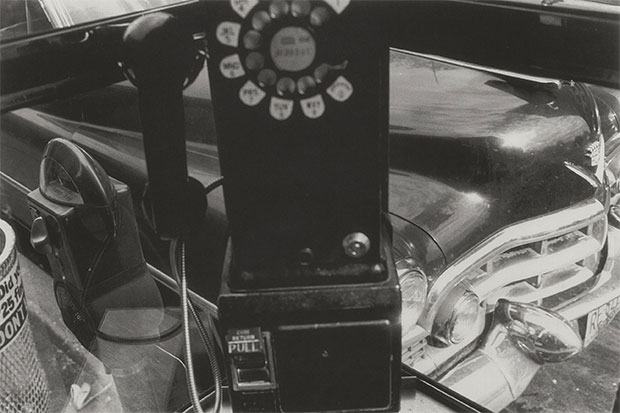
Photos that changed the world #7 Telephone Booth
Lee Friedlander's 1963 photo characterised the present as a mere staging point thus capturing the flux of the 1960s
Lee Friedlander began photographing the American social landscape in 1948 when he was just entering his teenage years. With an innate ability to organize a vast amount of visual information in dynamic compositions, he made humorous and poignant images from the chaos of modern city life, dense landscape and countless other subjects using his Leica camera. He shot one of his photo series from behind the wheel of a car.
The blurred public telephone in the foreground of the photo above (New York), just as much as the automobile in the background, stands for elsewhere and for the present as a staging point between destinations. Friedlander’s subject has always been the present as a predicament, as incomplete or even unreadable in itself.
It was felt in the 1960s that clarity and fixity represented a status quo that was at odds with a reality which a new generation knew to be in flux. The lived present could only be grasped with difficulty, imperfectly refracted or reflected in windows and mirrors. Friedlander's role as one of the defining new American documentarists of the 1960s was cemented when he starred in Nathan Lyon’s influential 1966 exhibition Toward a Social Landscape, which took place at the George Eastman House, Rochester, New York.
Friedlander's New York is one of over 500 defining photos featured in our newly published The Photography Book. You can read previous entries in our Photos That Changed The World series on Weegee, Ansel Adams, Richard Avedon and Eadweard Muybridge; and if you like what you've read, you'll find a whole lot more in The Photography Book here. Finally, here's an interview with its author, Ian Jeffrey.